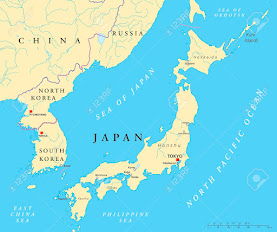South Korea's political landscape since the war has experienced significant changes, reflecting its commitment to democracy and governance. This article provides a comprehensive view of South Korea's political development since the war, offering insights into its political systems and leadership transitions.
Post-War Democracy
After the
Korean War, South Korea transitioned to a democratic system of governance. It
held its first presidential election in 1948, marking the establishment of the
Republic of Korea. Syngman Rhee became the country's first president.
Authoritarian Rule
In the
years that followed, South Korea faced periods of authoritarian rule.
Presidents such as Park Chung-hee and Chun Doo-hwan held power, and political
dissent was suppressed. However, economic growth continued.
Democratization Movements
Democratization
movements gained momentum in the 1980s. Pro-democracy protests, often led by
students and activists, pushed for political reform and free elections.
Era of Democratic Presidents
The late
20th century saw the rise of democratic presidents. Kim Dae-jung, known for his
"Sunshine Policy" toward North Korea, became the first opposition
candidate to be elected as president in 1997.
Continued Democracy
South Korea has continued to uphold
its democratic principles. Presidential elections are held regularly, allowing
citizens to choose their leaders. The country values political pluralism and
the rule of law.
Presidential System
South Korea
operates under a presidential system of government. The president serves as the
head of state and government, with a term limit of five years.
South
Korea's political journey since the war reflects its commitment to democracy
and governance. From its early years to the era of democratic presidents, South
Korea has experienced political transitions and movements that have shaped its
political landscape. This concise overview provides insights into the country's
political systems and leadership transitions over the years.








0 Comentarios